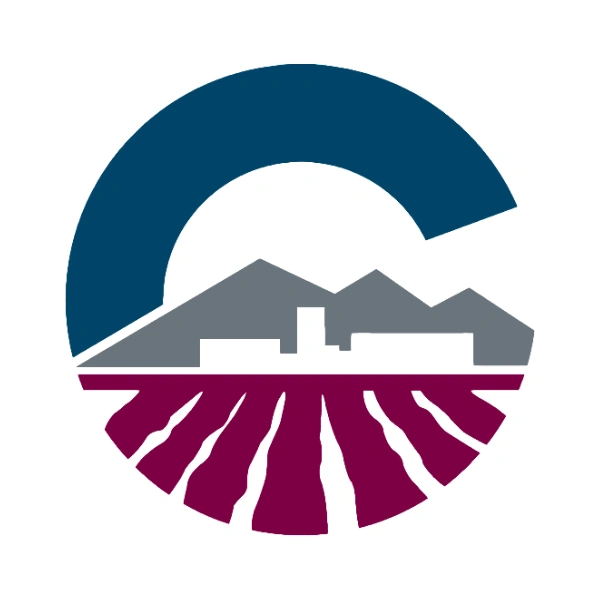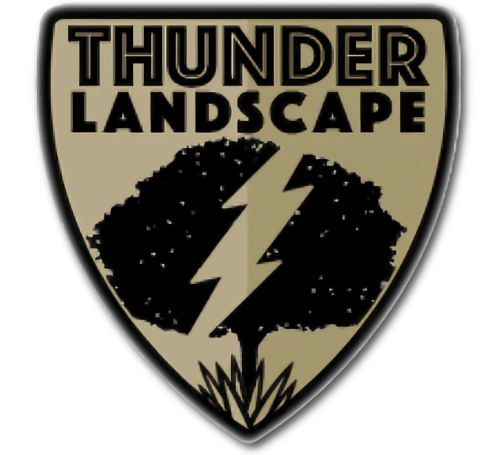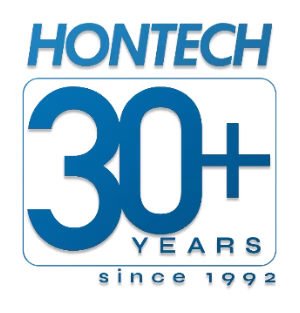Metro Phoenix / Communities / Chandler
Chandler Overview
Chandler is home to over 280,000 people and is the fourth largest city in the state. It is bordered by Phoenix on the west, Tempe and Mesa on the north, and Gilbert on the east. Chandler was originally an agricultural community in the first part of the 20th century, but other industries emerged as the city grew. Chandler has developed strong roots in clean technology, semiconductors, aerospace, healthcare, bioscience, and advanced manufacturing.
History
In 1891, Dr. Alexander John Chandler, Arizona’s first veterinary surgeon, purchased 80 acres of land from the federal government in the Salt River Valley, just south of Mesa. Dr. Chandler, who had a keen interest in the emerging field of irrigation engineering, played a pivotal role in developing an early canal system in what was then a barren desert. The city was officially founded in 1912 by Dr. Chandler.
The Hotel San Marcos celebrated its grand opening on November 22, 1913, with 500 distinguished guests, including Governor George P. Hunt and Vice President Thomas Marshall. The hotel quickly became a popular destination, attracting wealthy visitors from across the country each winter.
Chandler was incorporated in 1920. By the mid 1920s, it had become a town of agriculture. The primary crops were cotton, alfalfa, and grains. Farmers also raised cattle, sheep, and ostriches. Ostrich feathers, which were highly sought after for women’s fashion, could fetch up to $250 per pound.
On May 24, 1954, Chandler was officially elevated from a town to a city. Since the mid 1980s, the City of Chandler has experienced exponential growth, ranking among the fastest-growing municipalities in the United States.
City Government
Chandler operates under a council-manager form of government, which blends the strong political leadership of an elected council with the professional management expertise of appointed local government managers. The Mayor and Council are responsible for appointing and evaluating the performance of the City Manager, City Clerk, City Attorney, and Presiding Magistrate.
The City of Chandler holds candidate elections in even-numbered years, with three City Council positions up for election each cycle. An election is also held for the office of Mayor every four years. Both the Mayor and Council-Members serve four-year terms, with a limit of two consecutive terms.
Business
Chandler accelerates in several areas of business and industry, making it one of the leading economic hubs of Metropolitan Phoenix. The Price Corridor is the foremost example of how strategic investment in infrastructure and long-term planning can positively shape a community. Key areas include:
High-Tech Manufacturing and Semiconductors: Chandler is home to Intel’s largest manufacturing facility, positioning the city as a major player in the semiconductor industry. The presence of Intel has spurred the growth of related industries and suppliers in the region. Microchip Technology is another prominent semiconductor company, headquartered in Chandler, further strengthening the city’s reputation in high-tech manufacturing.
Advanced Manufacturing: Chandler has become a hub for advanced manufacturing beyond semiconductors, with companies specializing in aerospace, automotive, and medical device manufacturing. The city provides access to a skilled workforce and cutting-edge facilities for these industries.
Technology and Innovation: The city is known for its strong tech ecosystem, with numerous tech startups and established companies in software development, IT services, and data centers. Chandler offers access to innovative resources, tech talent, and industry partners, making it an attractive location for tech businesses.
Access to Talent and Education: Chandler benefits from proximity to major educational institutions like Arizona State University (ASU), Grand Canyon University (GCU), and Maricopa Community Colleges, which provide a pipeline of skilled graduates in engineering, IT, and business. The city’s workforce is highly educated, with a significant portion employed in technical and professional services.
Transportation Infrastructure: Chandler is well-connected to major transportation routes, providing easy access to Phoenix, surrounding suburbs, and major markets. The city’s infrastructure supports efficient logistics, distribution, and commuting, making it a favorable location for businesses with complex supply chains.
Healthcare and Bioscience: Chandler has a growing presence in the healthcare and bioscience sectors, with major hospitals and research centers located in the city. The healthcare industry provides significant employment opportunities and attracts biotech and medical device companies looking to collaborate with these facilities.
Retail and Hospitality: Chandler’s thriving retail and hospitality sectors contribute to a robust local economy. Major shopping destinations like Chandler Fashion Center attract visitors from across the region, supporting local businesses and boosting the service industry.
Sustainability and Green Initiatives: The city is known for promoting sustainability through green initiatives, which is an attractive feature for companies with environmental goals. Chandler supports businesses in implementing sustainable practices, particularly in the fields of energy efficiency and renewable energy solutions.
Business-Friendly Environment: Chandler has a pro-business environment with streamlined processes for permitting and support services. It offers incentives for businesses to relocate or expand, including tax benefits and access to a highly educated workforce.
Transportation
Chandler benefits from a well-developed transportation network of freeways and roads, making it an important hub for commuters and businesses within the Metro Phoenix region. Primary transportation routes include…
Loop 202 (Santan Freeway): East-west route that runs through the southern part of Chandler, connecting the city to neighboring communities like Gilbert, Mesa, and Ahwatukee (Phoenix).
Loop 101 (Price Freeway): North-south freeway running along the western border of Chandler, connecting the city to Scottsdale, Tempe, Mesa, and Phoenix. To the north, it also links to the Loop 202 and US 60 (Superstition Freeway) for regional connectivity.
Interstate 10 (I-10): East-west interstate that runs just west of Chandler and connects the city to downtown Phoenix (to the northwest) and Tucson (to the southeast).
State Route 87 (Arizona Avenue): Major north-south arterial road running through Downtown Chandler, connecting to Mesa to the north.
2023 Population (estimate)
City of Chandler: 289,560
Arizona: 7,427,991
Median Household Income (2022)
City of Chandler: $98,664
Arizona: $74,568
Estimated Home Value (2024)
City of Chandler: $531,952
Arizona: $433,271
Median Age (2022)
City of Chandler: 37.0
Arizona: 38.6
Land area: 57.9 square miles
Population density:
4,860 people per square mile
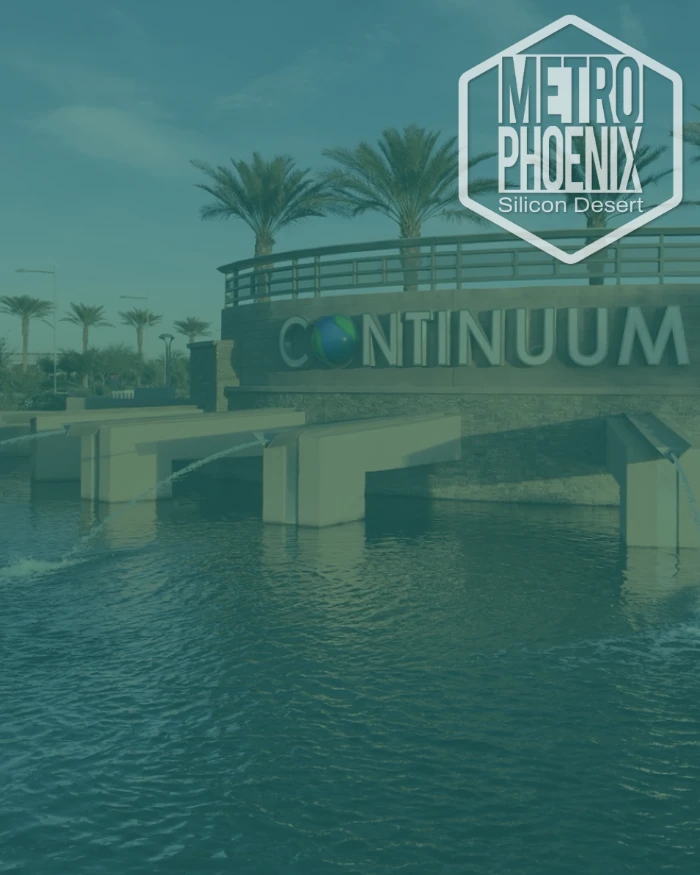
Chandler's Price Corridor
Business district for leading-edge companies with a prime location near the Loop 101 and Loop 202, with access to an educated workforce, high-capacity utilities, preserved employment sites, parks and numerous residential options.




